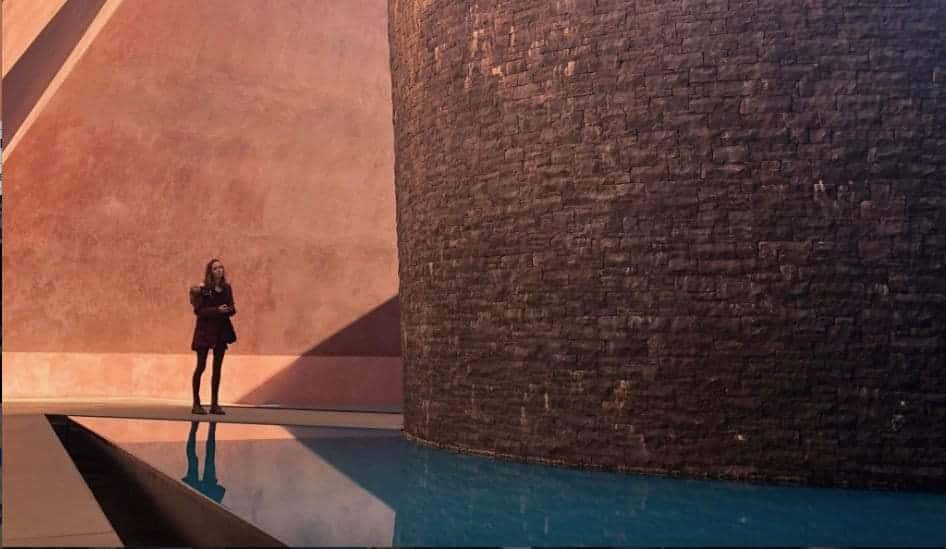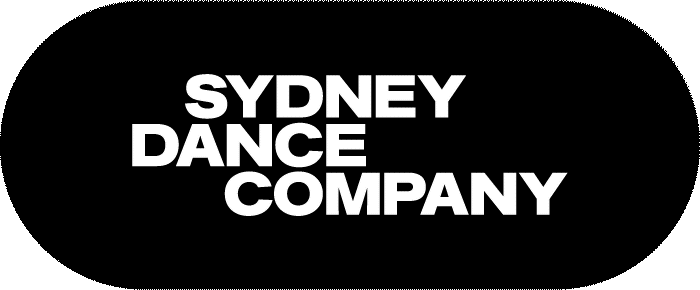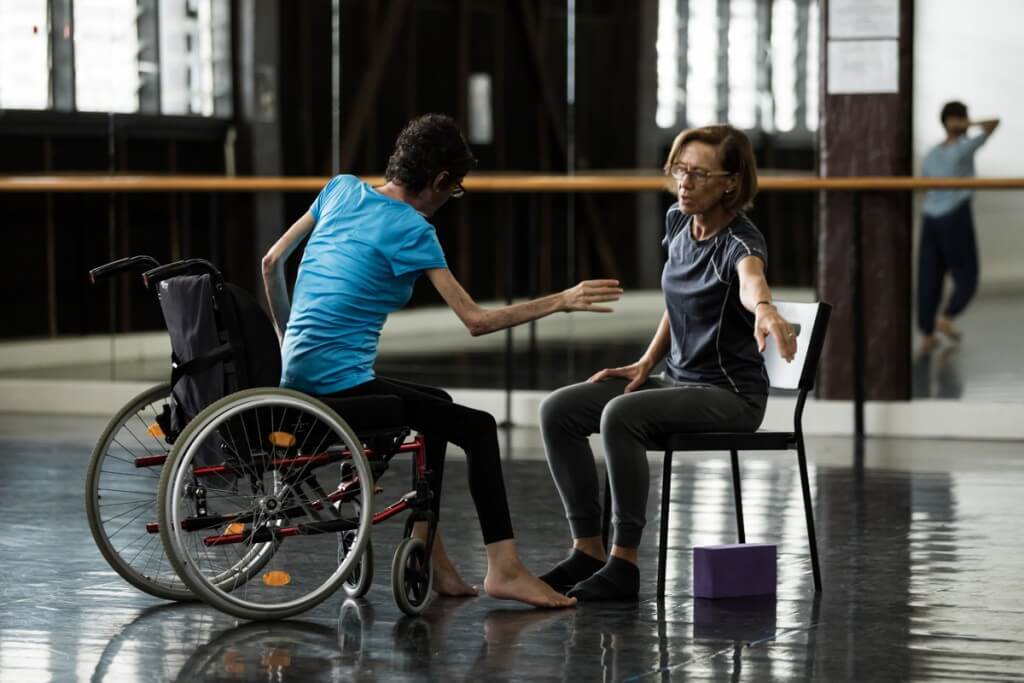Short Course Attendee Spotlight: Simone Richardson


published
We’re thrilled to launch our new dance program for adults with mobility restrictions, Make Your Move, as a regular class at our Ultimo Studios.
Open to people who want to dance but feel their mobility restriction may currently prevent them from doing so, these classes are designed to get participants moving.
We spoke to Make Your Move teacher Shane Carroll, an ex-Sydney Dance Company dancer, consultant, lecturer, and dance educator, about what to expect in the class and why this program is necessary:
Most of the ‘dancing’ part of life was with Nederlands Dans Theater and then with Sydney Dance Company – back in the last century. Then, I spent quite a few years teaching for companies and schools, working with funding bodies and taking on a few different board positions. Since 2012, I have worked part-time with Bangarra Dance Theatre on their education activities which leaves a little time to be involved with other programs such as Make Your Move. A few years ago, I was fortunate to be involved with a scientific research project looking at the benefits of dance for people impacted by dementia, which brought me into contact with some amazing people working in the arts/health space. I’ve been involved in a few different projects since then.
Sydney Dance Company was interested in offering dance to people who might think that due to their mobility limitations, they were not able to participate in dance classes. An advisory group of health professionals, researchers and individuals living and working with physical challenges was established, then a pilot program was conducted in 2017, which tested the elements of the program and showed where adaptabilities could be incorporated to cater to the broadest range of dancers possible. The guiding principles for the program are inclusivity, responsibility and creativity.
The Make Your Move program is extremely advantageous and effective in shifting perceptions that dance is only for the physically fit and able. It’s not. We see how much pleasure the program gives to participants, and at the same time we can work on things like coordination, memory, balance, focus, posture and a whole range of other health considerations including mental health.
The sessions are for anybody who wants to dance but maybe thought they were not able to. Why is it important? In the first instance it’s to show that dance can be totally inclusive. And secondly, it might point to a way so all dance classes can be designed and resourced for participation to be fully inclusive, by some simple adaptation strategies.
We start with a simple warm-up – sometimes with everyone seated but not always. We focus on posture, breathing, switching on muscle groups and focusing the mind. We build that into standing exercises (adapted very simply to anyone in a wheelchair), play with some creative ideas so that participants generate their own dance through improvisation and we also learn a dance, often based on ideas from Sydney Dance Company repertoire.

Many Make Your Move participants haven’t necessarily been involved in a dance context before. How do you approach dance and make it accessible for everyone?
Everyone can dance. Dance is for everyone. It’s really just a matter of some lateral thinking and letting the participants drive the class. Problems are solved pretty easily, collaboratively, in the room on the spot. It’s important to hold on to the idea that it’s a creative time. Learning and health improvements happen along the way.
Do you think there are common misconceptions about the types of bodies who can participate in dance? How would you like to see dance inclusivity evolve?
Dance happens in so many contexts. Along with music it’s probably the most universal language. If the context is highly technical and highly trained dance in performance, then perceptions can easily build around that to infer that it’s only for specific people. But what the professional dancer feels when they dance is not that different to anyone else when they experience joy in moving. There are some truly amazing creators who have been working with artists with mixed physical and mental capacities – Candoco in UK, Restless Dance (SA) and Dance Integrated (NSW). These groups have done so much to unravel perceptions and show that powerful dance art can be made and performed by being inclusive. However there is still a long way to go. Training, mainstream performance and audience participation will take some time to achieve what would be considered real inclusivity.
What is the most enjoyable aspect about teaching participants in Make Your Move?
Seeing the joy it brings and the way people value it for the way it makes them feel – happy! This work is truly rewarding. It puts us in touch with something that we can all celebrate – the chance to express ourselves openly and freely through dance.
Make Your Move is made possible by the generosity of the Jibb Foundation.
Make Your Move is on Fridays 12.30 – 1.30pm at our Ultimo Studios.